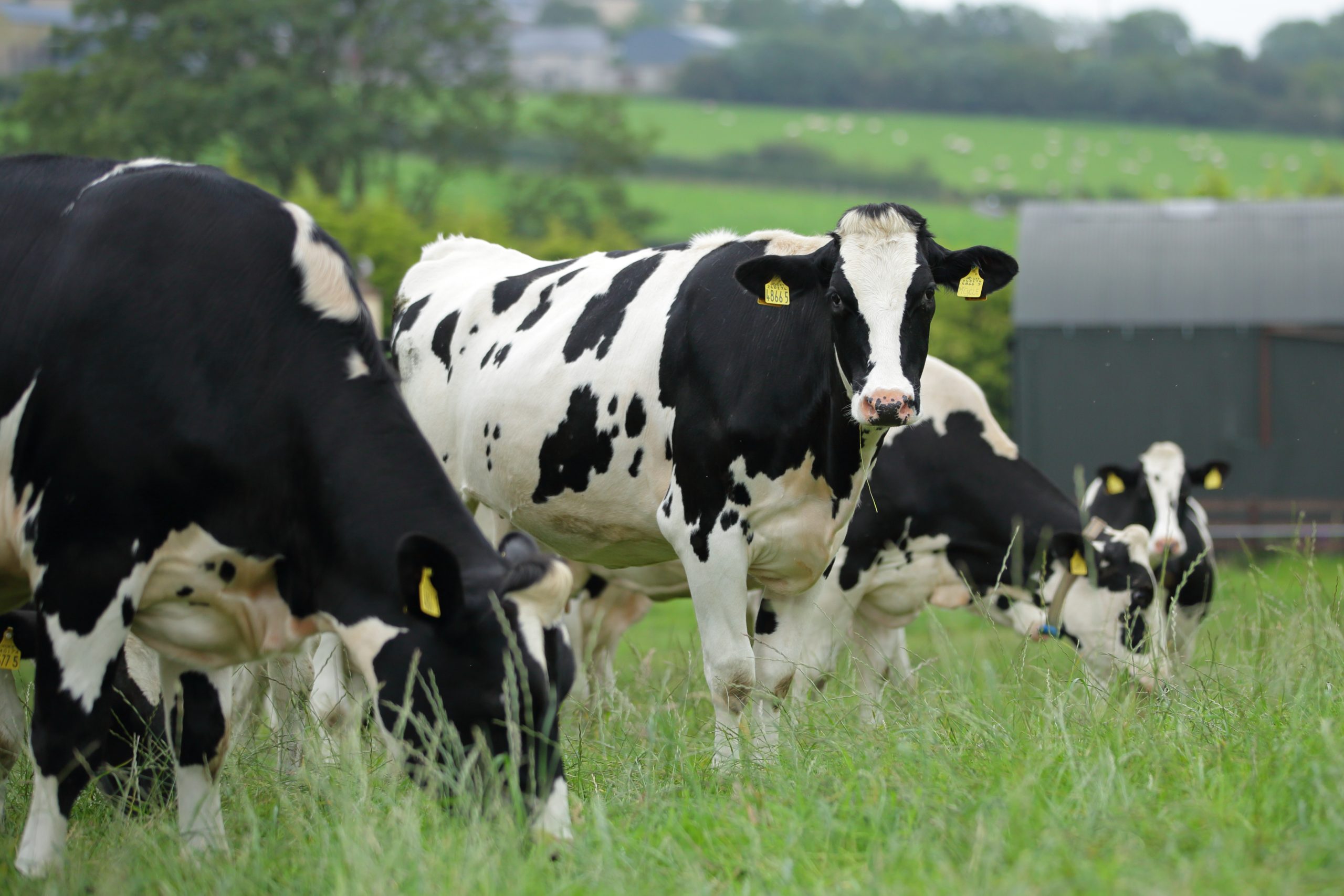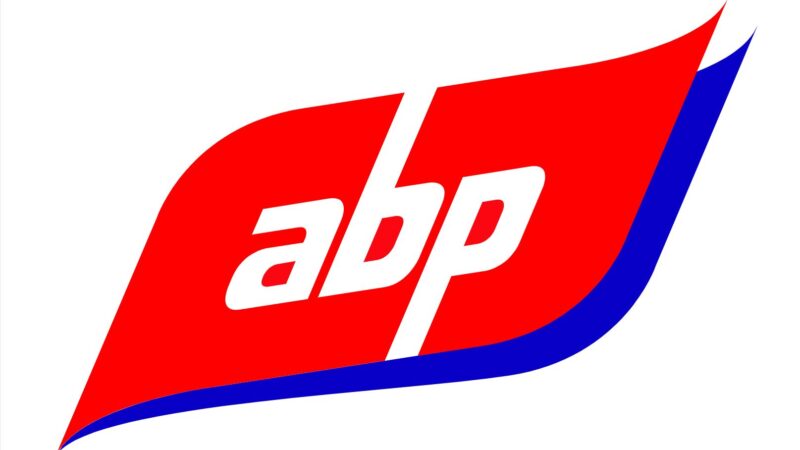Rising input costs leading to a scarcity of milk in NI, says UFU

The Ulster Farmers’ Union (UFU) has warned milk supply is at risk due to production costs rising.
The rises have left dairy farmers unable to cover their expenses and that the extra expenditure needs to be alleviated by those further up the supply chain to prevent putting milk supply at risk, the farming union says.
UFU dairy chair Mervyn Gordon says: “Retailers, as well as processors, need to be supporting farmers so they can receive a fair return from the booming dairy market which will help significantly in managing the extra expense they’re currently enduring.
“As reported by Arla, the price of liquid milk in shops (up to 2022) is seven percent lower than what it was ten years ago, despite the thriving dairy market. If the price of milk and all dairy products in stores does not rise correspondingly, come later in the year, Northern Ireland could be set to endure a milk scarcity because farmers can no longer keep up with the skyrocketing costs of producing high-quality milk. If they can’t cover the basics, how can they be expected to continue running a farm business that is supposed to support a family and home?”
UFU carried out an analysis of the retail price of liquid milk. In February 2022 the average pint of milk cost 49p (86p per litre).
By week 28 March, the average pint of milk cost 60p (£1.05 per litre) – an increase of 22 percent. Last month the average base milk at the farmgate only rose by 1.75p.
Meanwhile fertiliser prices in NI are at the top end of the global scale* with over 300 percent inflation, fuel has more than doubled with red diesel costing £1.05/litre and animal feed prices continue to hit record levels.
“When dairy products are doing well in the market with prices rising, you would normally see an increase in the amount of milk being produced off the back of it as farmers want to take advantage of improved returns. However, the eyewatering productions costs are having the opposite effect,” Mr Gordon says.
“On average, 60 percent of direct costs on a dairy farm are attributed to feed, fuel and fertiliser. What’s even more worrying, is that the full impact of cost increases is still to be felt by the dairy sector. Farmers are struggling to keep their head above water as it is and if things continue like this, their cash flow will be well into the negative in a matter of months. We need retailers and processors to get behind our dairy farmers and help protect local milk production here in NI, so they can continue producing to meet consumer demand.
“It’s long been the UFU’s position that the dairy farmer’s struggle is largely due to the way milk is priced. Farmers’ extra production costs needs to be alleviated by those further up the supply chain. Otherwise, there is every likelihood that dairy farmers will reduce output in response to unsustainable input costs,” said Mr Gordon.







